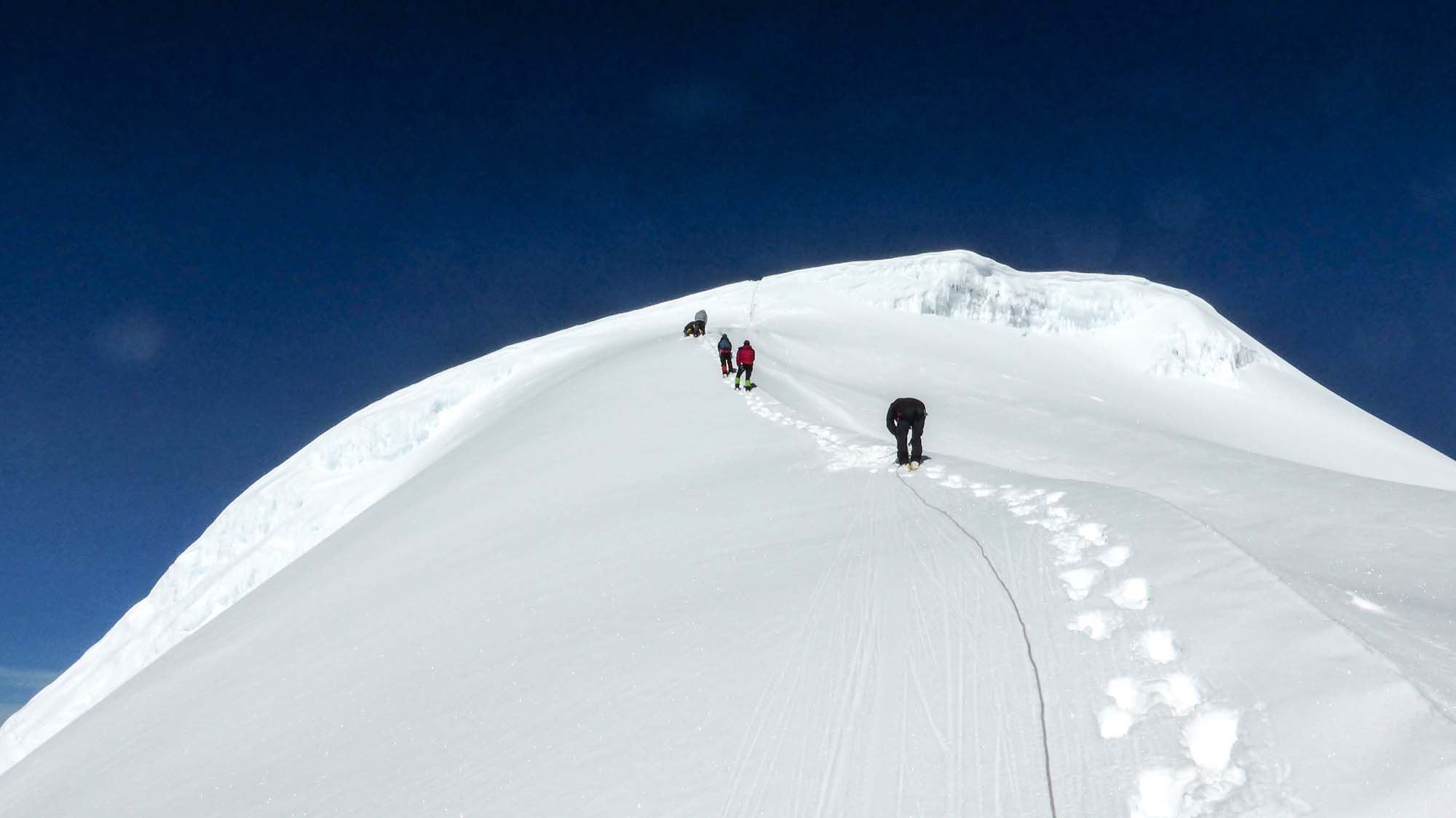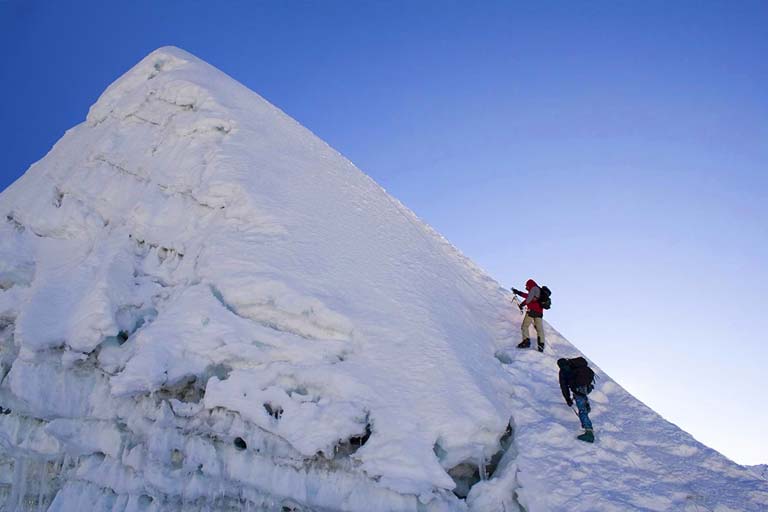Nepal is a country covered with tall mountains and rich in culture and values, It’s not only a paradise for trekkers but also rich in festivals. The Himalayas surround Nepal. The festivals in Nepal are not just cultural events but also a fascinating way to involve yourself in local culture and make your trekking adventure wonderful. In this blog, we’ll give a brief explanation of the festivals that are celebrated in Nepal. TNepal’s cultural celebrations are more than just cultural spectacles; they’re a fascinating way to immerse yourself in local culture, creating unforgettable memoriesJoin us so that you can explore the vibrant festivals of Nepal.
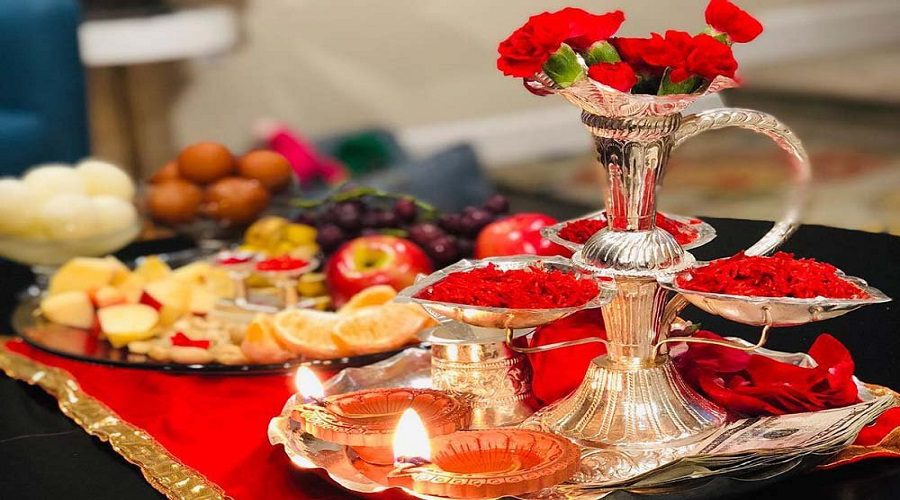
Dashain: Nepal’s Largest Hindu Festival
Dashain also known as Vijaya Dashami, is Nepal’s grandest and oldest festival. September or October is the time when it is celebrated greatly. It is Neplal’s most significant and widely celebrated Hindu festival. Dashain mainly symbolizes the victory of good over evil, This festival is celebrated for 15 days long the duration includes various rituals and ceremonies. Families gather at their homes and gain blessing from Goddess Durga. The main highlight of celebrating this festival is they offer an animal sacrifice which is found to be controversial as it is the part of tradition they celebrate. We receive blessings from our elders by putting jamara and tika and end Dashain in this way.
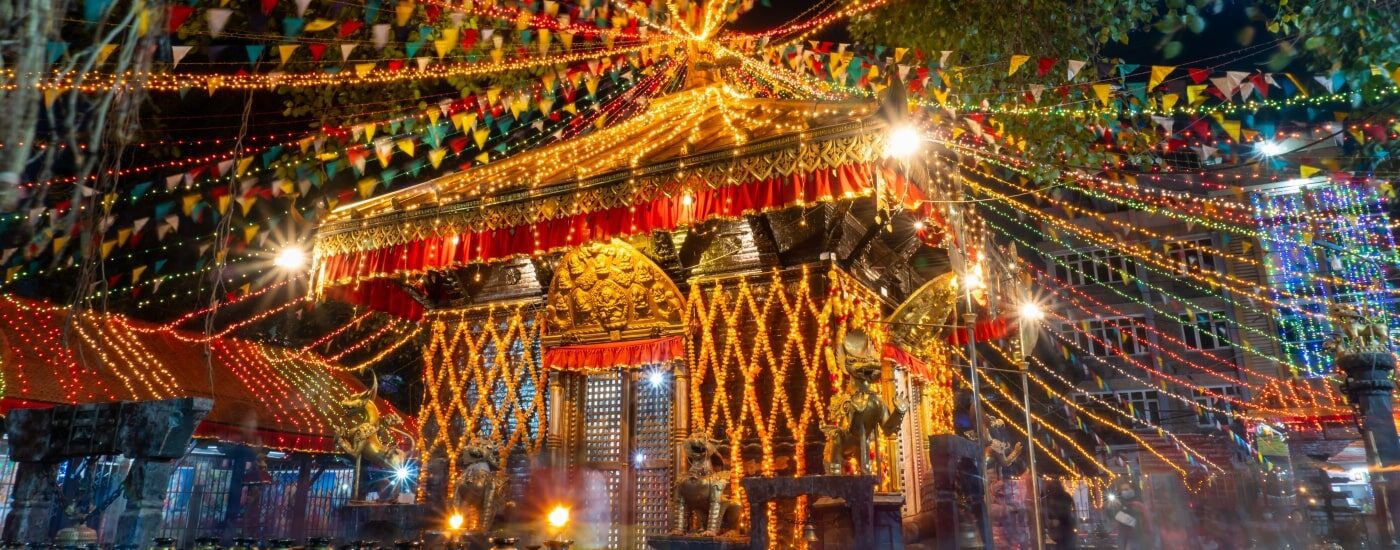
Tihar: The Festivals of Lights
Tihar is also known as the “Festivals of Lights” or Deepawali”.It is celebrated for five days and worships or honors different animals including crows, dogs, cows, and oxen each day. The Hindus worship the goddess Laxmi in Tihar which symbolizes wealth and prosperity. Houses are decorated with lamps, and candles creating a colorful and majestic ambiance that describes the beauty of Nepal, especially in the Kathmandu valley.
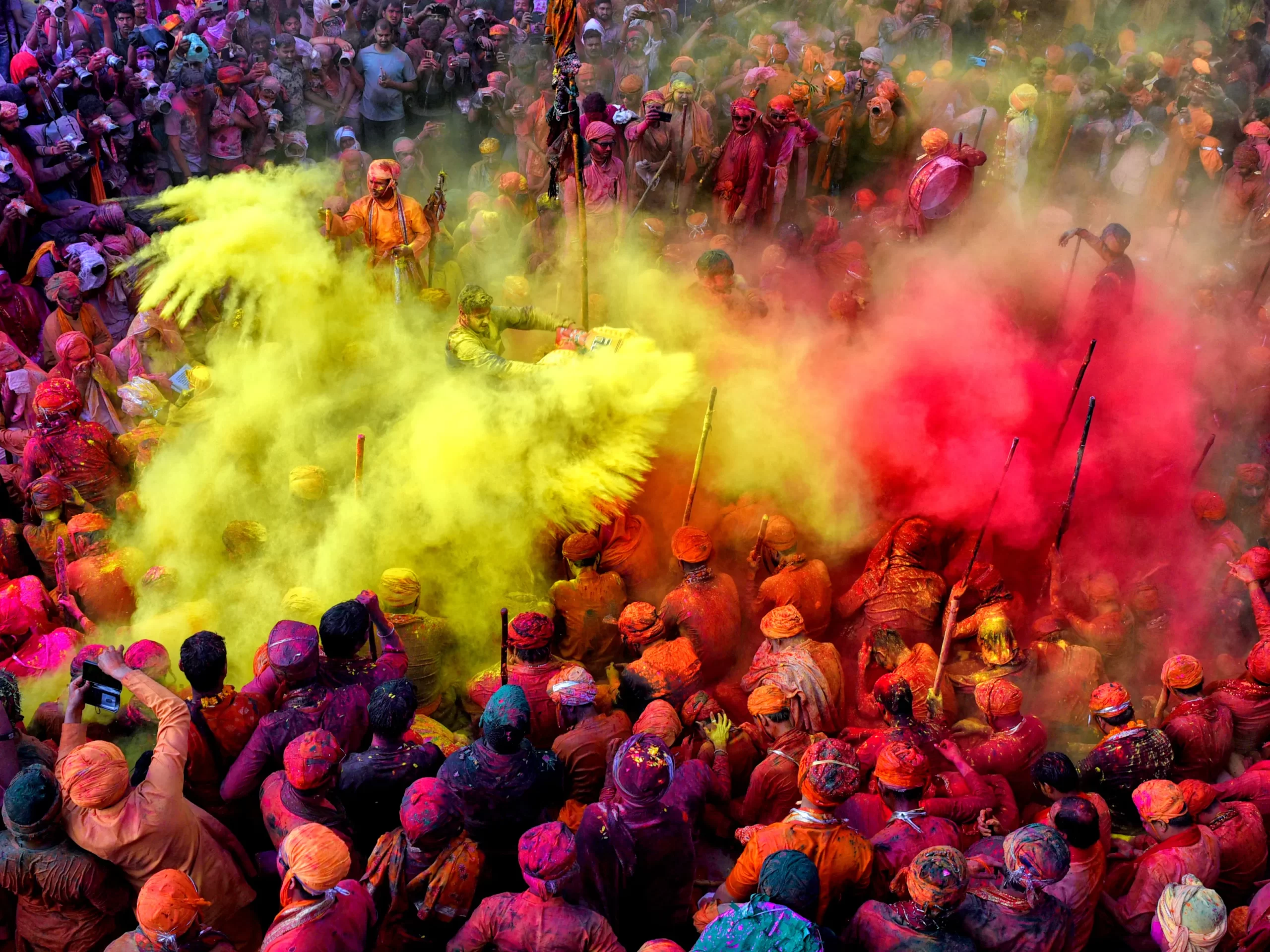
Hoil: The colorful celebration
Hoil is the festival of colors it is celebrated across Nepal with great interest. At this festival, people smear each other with colored powders and water. Trekking during hoil can be an unforgettable experience as you will be able to witness the local people gathering together to celebrate this wonderful occasion.
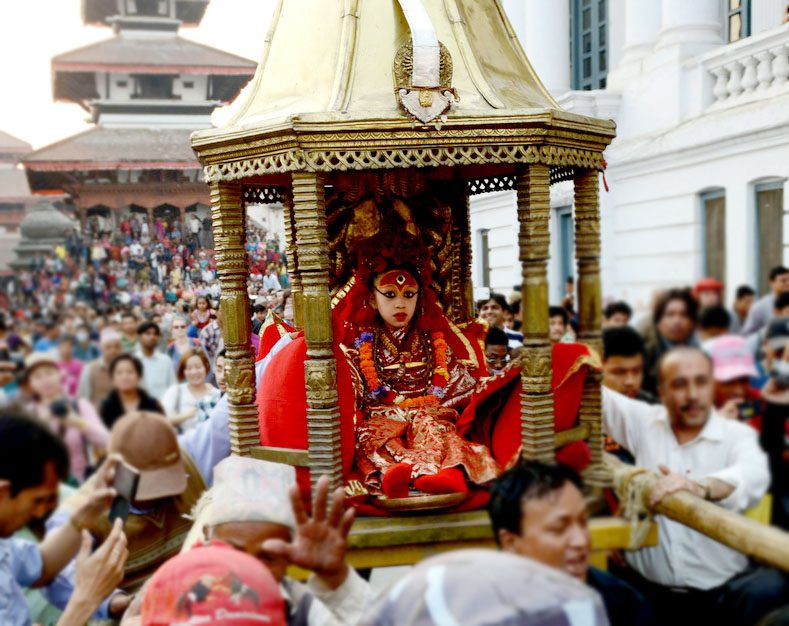
Indra Jatra: A Kathmandu spectacle
Indra Jatra is one of the unique Newari Festivals celebrated in the Kathmandu valley. This festival is celebrated for lord indra, the god of rain, and Kumari, who is known as the living goddess. The festival features traditional dances and the raising of the lingo(a ceremonial pole). The beautiful streets of Kathmandu during Indra Jatra are filled with Newari culture.
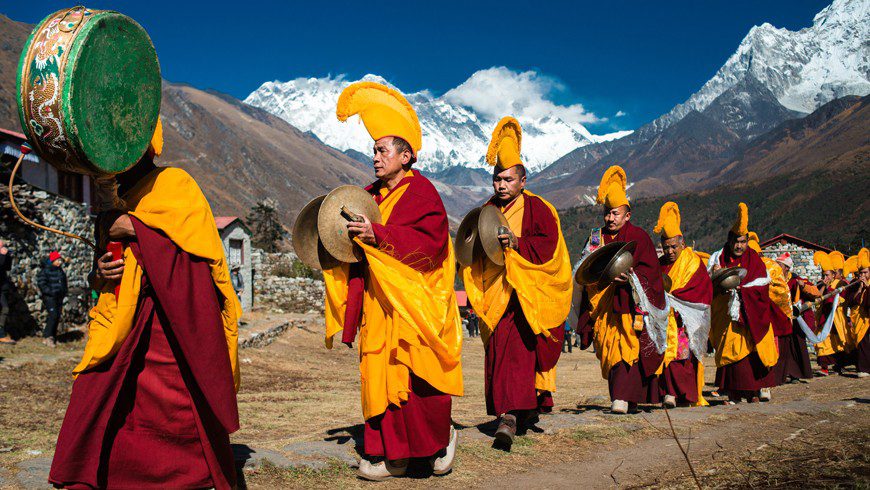
Mani Rimdu: A festival of trekkers
Mani Rimdu is the festival celebrated in the Everest region, at the Tengboche Monastery which is on the way to the Everest base camp trek. This festival is mostly celebrated by the Buddhists. They celebrate with masked dances and religious ceremonies which usually fall in November. The majestic view of the Himalayas creates a spiritual dimension in the event and makes a unique cultural experience for all the trekkers.
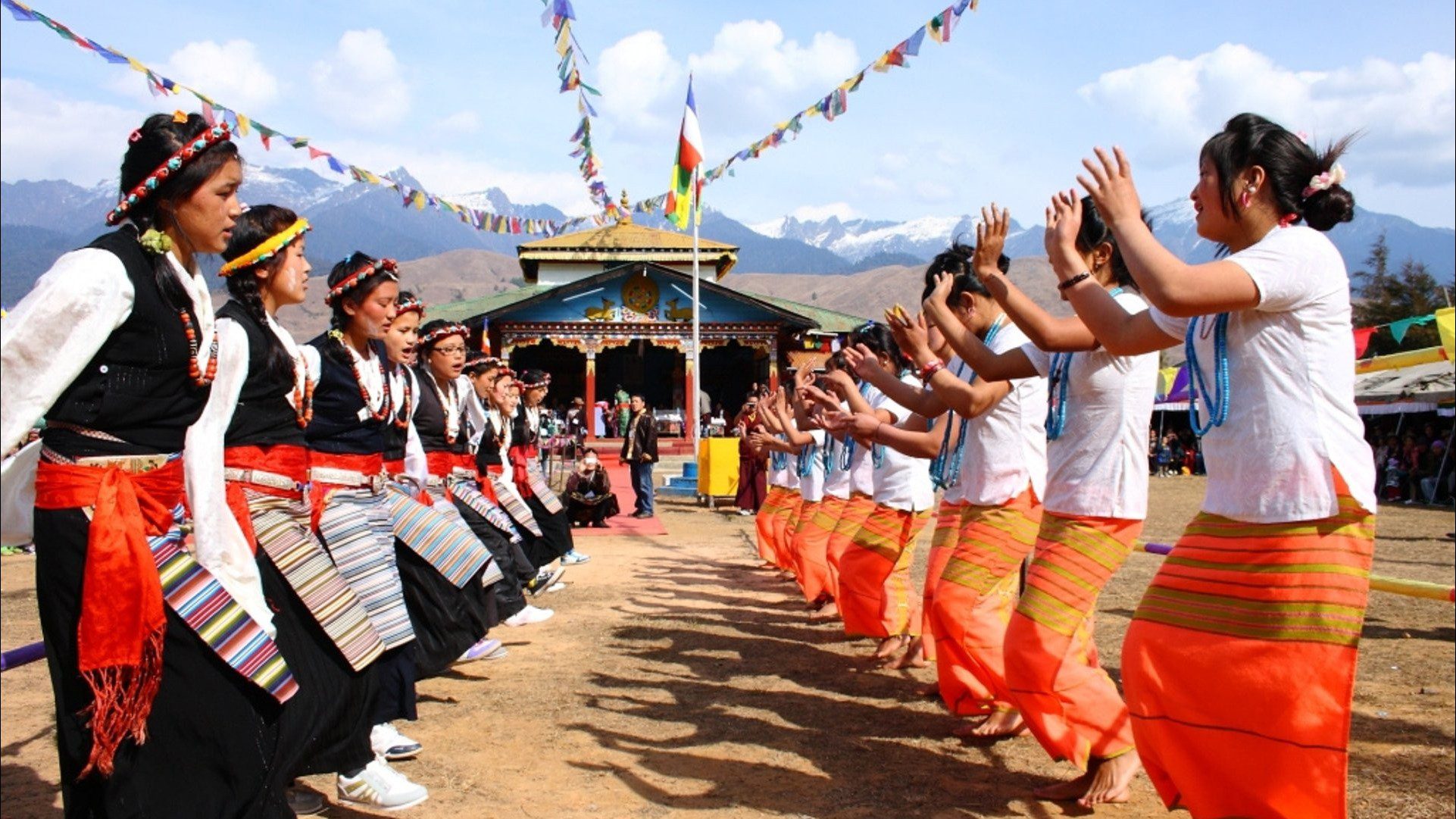
Lhosar: Welcoming the Himalayan New Year
The Lhosar festival marks the vibrant beginning of the Himalayan New Year. This festival is celebrated by Buddhists all the devotees from all over Nepal participate in various dances, and songs and exchange gifts with their relatives. People consume local Tibetan drinks as a celebration of the new year.
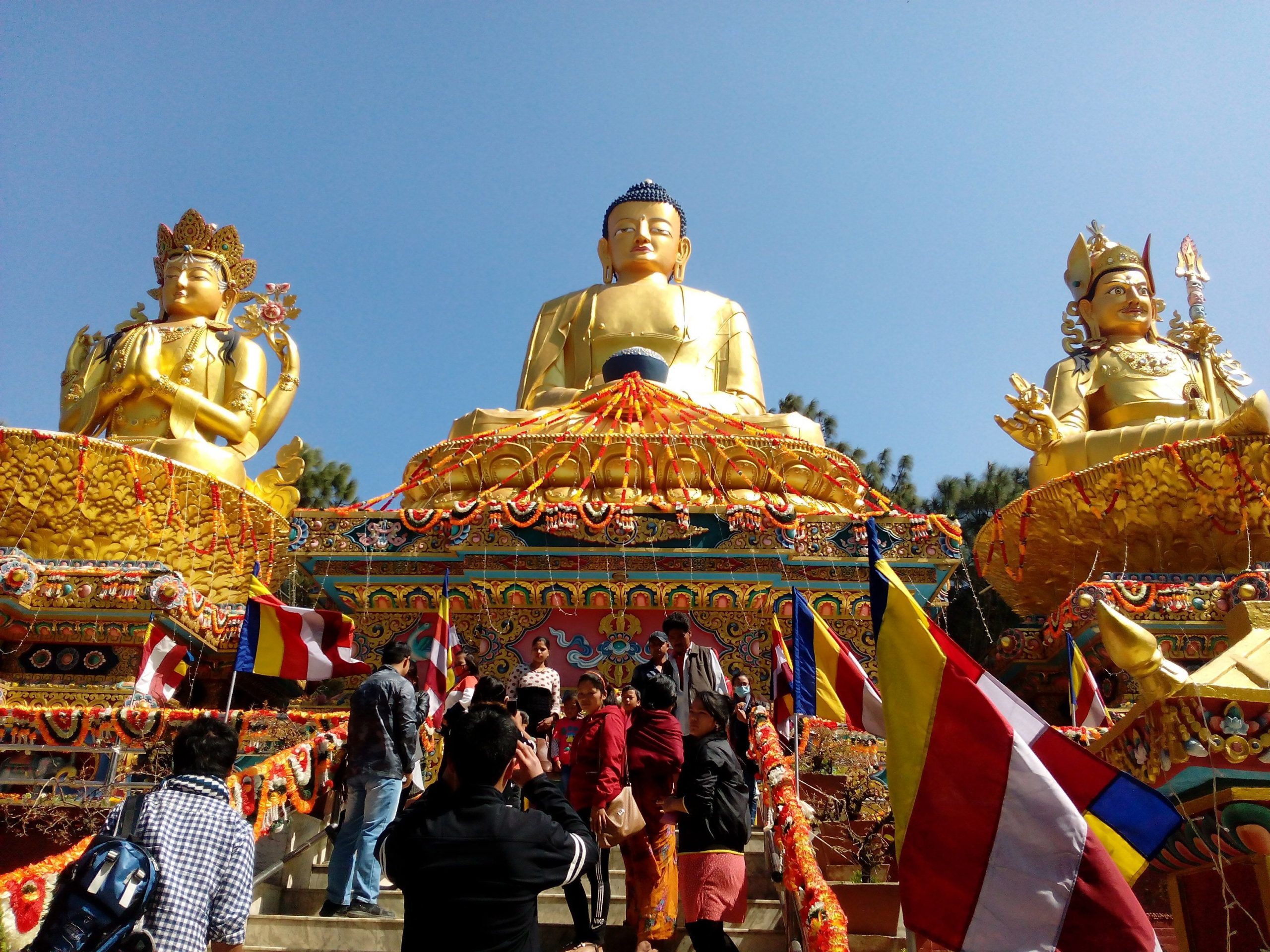
Buddha Jayanti: Celebrating the Birth of Gautam Buddha
Nepal is a land of beauty and spirituality and has a special place in the hearts of Buddhists around the world. Actually, Lumbini is the birthplace of Siddhartha Gautam. The auspicious occasion of Budhha Jayanti or Buddha Purnima is celebrated as it marks the birth of lord buddha.
Conclusion:
You can enjoy Nepal’s festivals while trekking, as they combine culture and nature in a captivating way. Festivals in Nepal provide more than just an understanding of the people, but also long-lasting memories against the backdrop of the Himalayas. You can plan your trekking adventure around these festivals, and you’ll enjoy the rich cultural tapestry of Nepal.

